In the world of numismatics, few coins are as sought after as the historic pieces that helped shape Australia’s early economy. Among these, the 1813 New South Wales holey dollar is a standout, expected to fetch an impressive $150,000 at auction. Along with this rare piece, several other notable Australian coins and medals, including a Victoria Cross and rare pennies from 1930, are also poised to draw significant attention from collectors.
The 1813 New South Wales Holey Dollar: A Piece of Australian History
This Article Includes [hide]
The 1813 New South Wales holey dollar, one of the first currencies ever minted in Australia, remains a significant historical artifact. It was introduced during a period of acute coin shortages in the new British colony. The British government faced a silver shortage due to the ongoing Napoleonic Wars, leading Governor Lachlan Macquarie to import Spanish dollars to be converted into usable currency.
The holey dollar is easily recognizable by its unique design—part of the original Spanish dollar was punched out, leaving a hole in the center, while the inner ring of the hole was stamped with the words “New South Wales 1813” and the denomination of “five shillings” on the reverse side. The inner circle, known as the “dump,” became its own separate piece of currency. The holey dollar was withdrawn from circulation once more coins became available, making it an extremely rare collector’s item today.
With only about 300 holey dollars still in existence, their value has steadily increased. The piece up for auction is expected to sell for around $150,000, though condition and rarity can sometimes lead to even higher prices.
The “Dump”: A Valuable Coin in Its Own Right
The inner ring of the holey dollar, known as the “dump,” was initially issued as a separate coin. It was also stamped with the denomination of five shillings, but due to its smaller size, it was less commonly used. However, these dumps are still valuable, and one up for auction could fetch anywhere from $5,000 to $60,000 depending on its condition. While many dumps were melted down after the holey dollars were withdrawn from circulation, some have survived, making them a treasure for numismatists.
Rare Australian Pennies from 1930: A Mistake Worth Thousands
Another key highlight of the auction is two rare Australian pennies from 1930. These coins were not originally intended to be minted, as the Treasury had no order for their production during the Great Depression. However, a small number were accidentally struck and mixed in with pennies from the following year, making them extremely rare and valuable today.
These misstruck coins are highly sought after, with individual pieces expected to fetch between $12,000 and $20,000, depending on their condition. The rare 1930 pennies are among the most valuable circulating coins in Australia’s numismatic history, with only a few hundred still in existence.
The 1852 Adelaide Pound: A Gold Coin with a High Price Tag
Another major piece in the auction is the 1852 Adelaide pound, one of Australia’s first gold coins. Originally minted in South Australia, these coins were part of a small batch of gold currency issued during a time of economic growth in the Australian colonies. While only about 600 of these coins were struck, their value has increased dramatically over time, with prices ranging from $5,000 to $100,000, depending on their condition. The 1852 Adelaide pound at auction is expected to bring in around $15,000.
A Treasure Trove of Australian Numismatic History
The upcoming auction offers a once-in-a-lifetime opportunity to acquire some of the most important and valuable coins and medals in Australia’s numismatic history. From the historic 1813 holey dollar to the rare 1930 pennies, these coins are more than just collectibles—they are tangible pieces of Australia’s past, each with its own story to tell. Whether you’re a seasoned collector or a history enthusiast, this auction is sure to captivate anyone with an interest in rare and valuable Australian artifacts.
The sale is also a reminder of the personal connections that can make these items even more meaningful, such as the decision by Corporal Keighran to sell his Victoria Cross medals for the sake of his family. As the hammer falls on these exceptional pieces, the legacy of Australia’s early currency and military honors will continue to live on in the hands of new collectors and admirers.

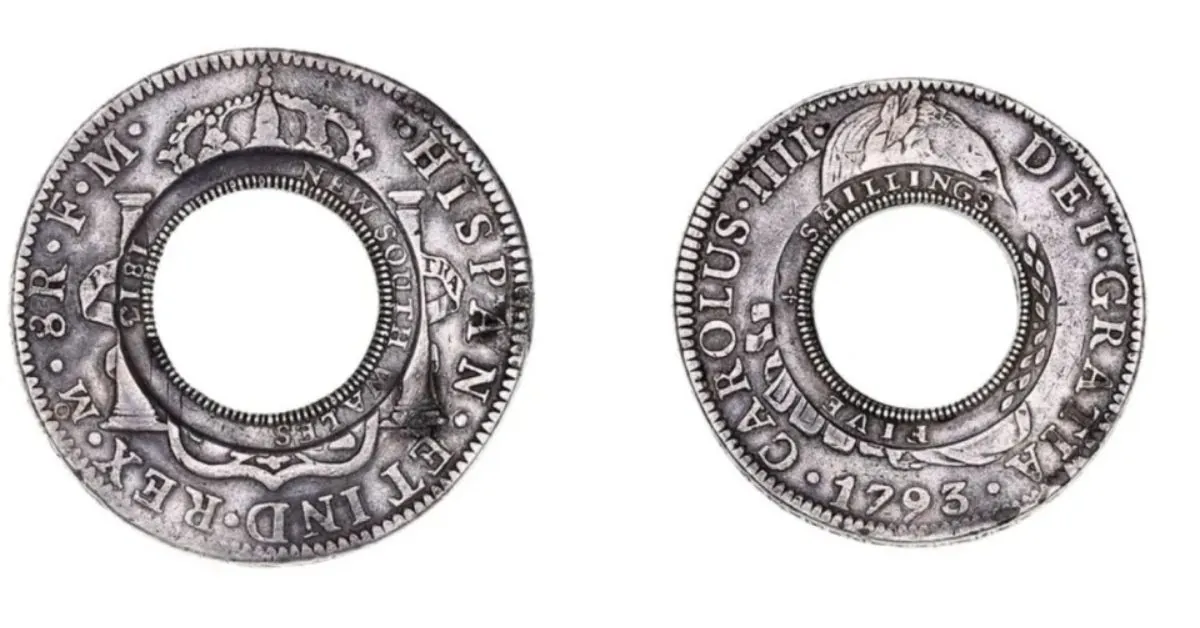
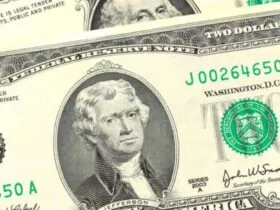
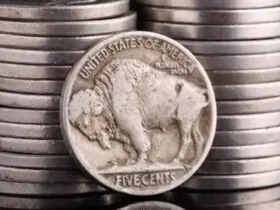
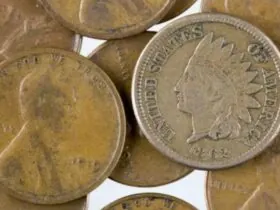

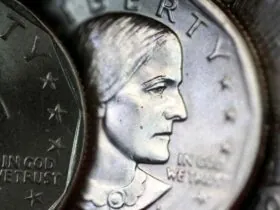
Leave a Reply